Using 150 tons of rebar salvaged from collapsed schools in the Sichuan earthquake, Ai Weiwei’s installation Straight (2008–2012) honors lost lives and demands accountability. © Ai Weiwei, Hirshhorn Museum in Washington, D.C., 2013, Photo: Cathy Carver.
Four ways artists show solidarity in an age of resistance
You don’t have to be directly under attack to take a stand. What matters is that you show up.
When you use your art to stand beside those targeted by authoritarianism, you amplify their voices and expand the circle of protection. Solidarity makes your art stronger. And it makes resistance harder to silence.
Inviting neighbors to share their hopes and fears in public space, Candy Chang’s participatory chalkboard wall transforms grief into communal reflection. © Candy Chang, via candychang.com.
You bring your art where it’s needed most
Candy Chang’s Before I Die project began on an abandoned house in New Orleans, turning a site of neglect into a space for shared vulnerability and hope.
Her work shows how art can meet people where they are (physically and emotionally) and create solidarity through collective reflection.
Confronting Austria’s fascist legacy through ritual, blood, and sacrifice, Hermann Nitsch’s visceral Orgien Mysterien Theater (2003) performances demanded viewers reckon with history. © Hermann Nitsch, via Composition Gallery.
You put your body and creativity beside those under fire
Hermann Nitsch’s Viennese Actionism performances used raw materials and ritualistic acts to challenge postwar repression and provoke public reckoning.
His body became a site of resistance, confronting viewers with the physical and emotional costs of silence.
Reviving banned ceremonial hats, Outi Pieski’s collaboration with Sámi women reclaimed Indigenous memory through craft and care. © Outi Pieski, photo by Tor Simen Ulstein, via outipieski.com
You extend solidarity beyond borders
Outi Pieski’s collaboration with Sámi duodji artists reclaims erased traditions and re-centers Indigenous knowledge.
By rematriating ceremonial hats once banned by colonial forces, the project bridges activism, craft and ancestral pride.
Amplifying the Black Panther Party’s call for justice, dignity, and community defense, Emory Douglas used bold graphics to make resistance visible. © Emory Douglas, via illustrationhistory.org.
You declare that no one fights alone
As Minister of Culture for the Black Panther Party, Emory Douglas used powerful imagery to rally communities and expose systemic violence.
His art made solidarity visible on posters, newspapers and walls. It declared that resistance is collective.
Solidarity is resistance, and art makes it visible
From community projects to handicrafts, from performance art to posters, artists show that solidarity strengthens resistance.
When you step into spaces of struggle, with your presence, your voice, your creativity, you expand the circle of safety and amplify the call for justice.
So the next time you witness another group under attack, ask: Where is my solidarity needed? How can my art help them feel seen, heard, defended?
Because authoritarianism feeds on isolation. And your art makes sure no one stands alone.
Randall White
Abbetuck
Credits & References
This post was inspired by Ken Grossinger’s Nine Lessons for Fighting Authoritarianism Using Art in an Age of Resistance (SPLC). His sixth lesson, ‘Show solidarity,’ is the foundation here. Lessons seven through nine will follow in upcoming posts.

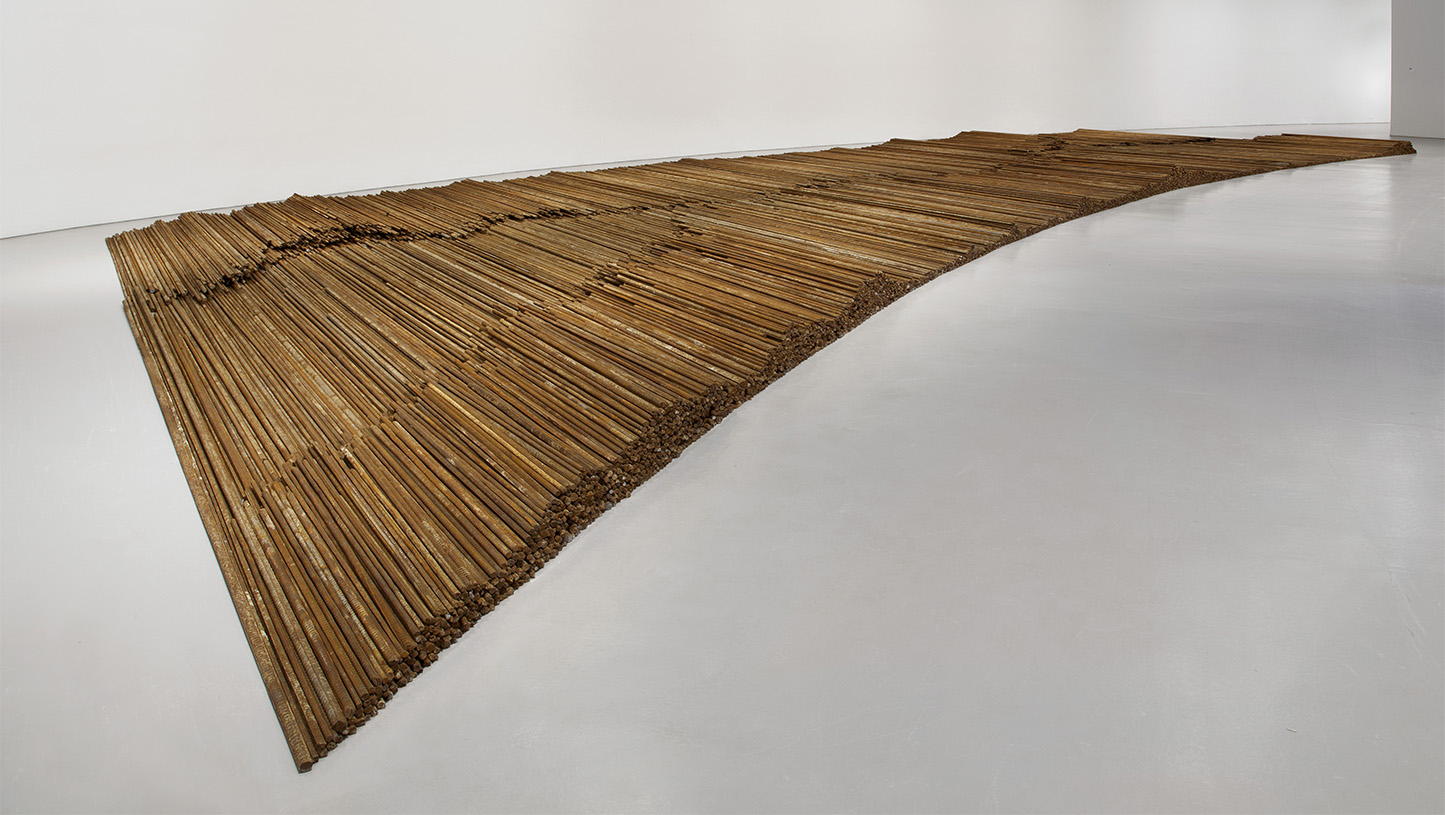
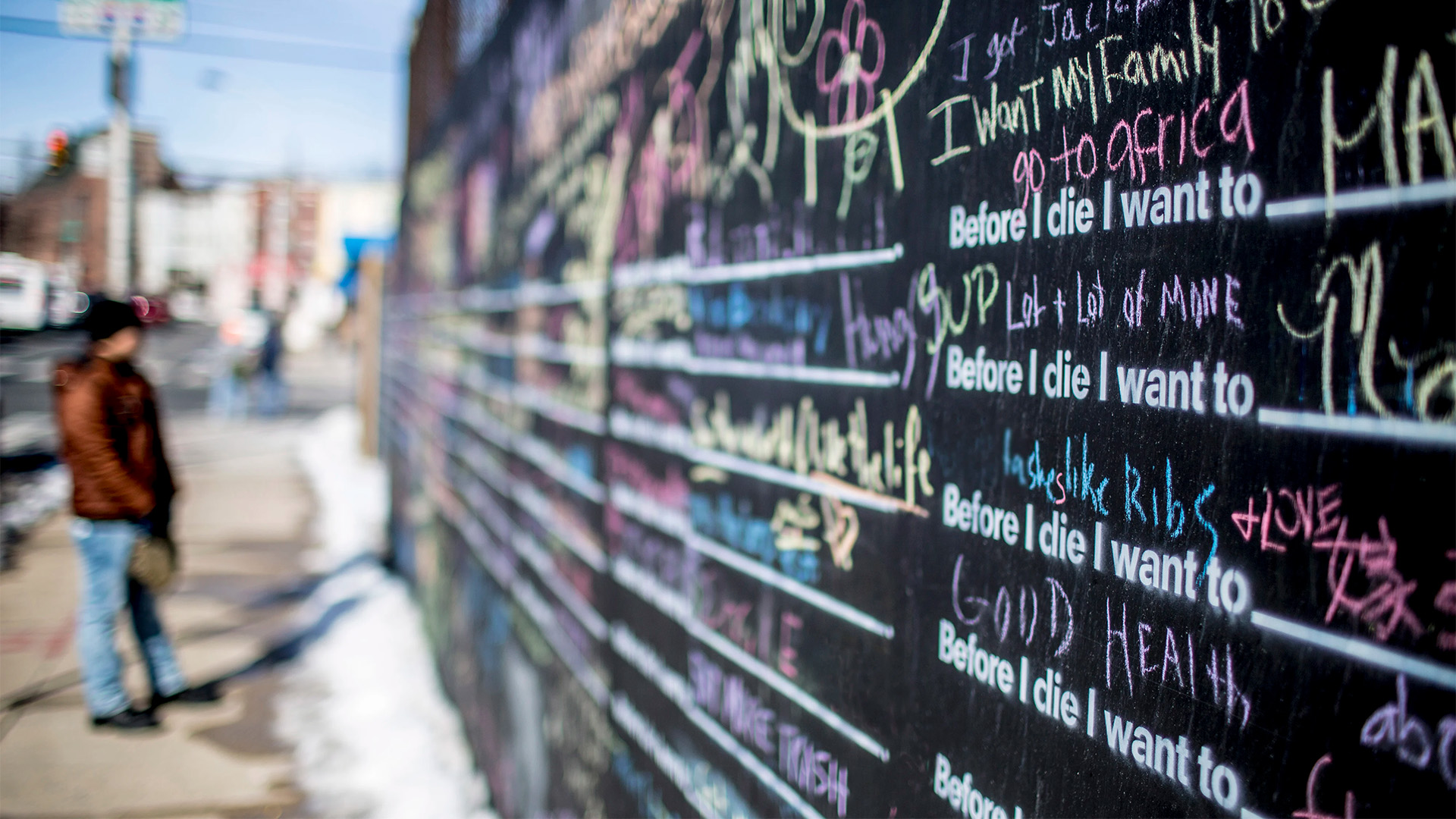
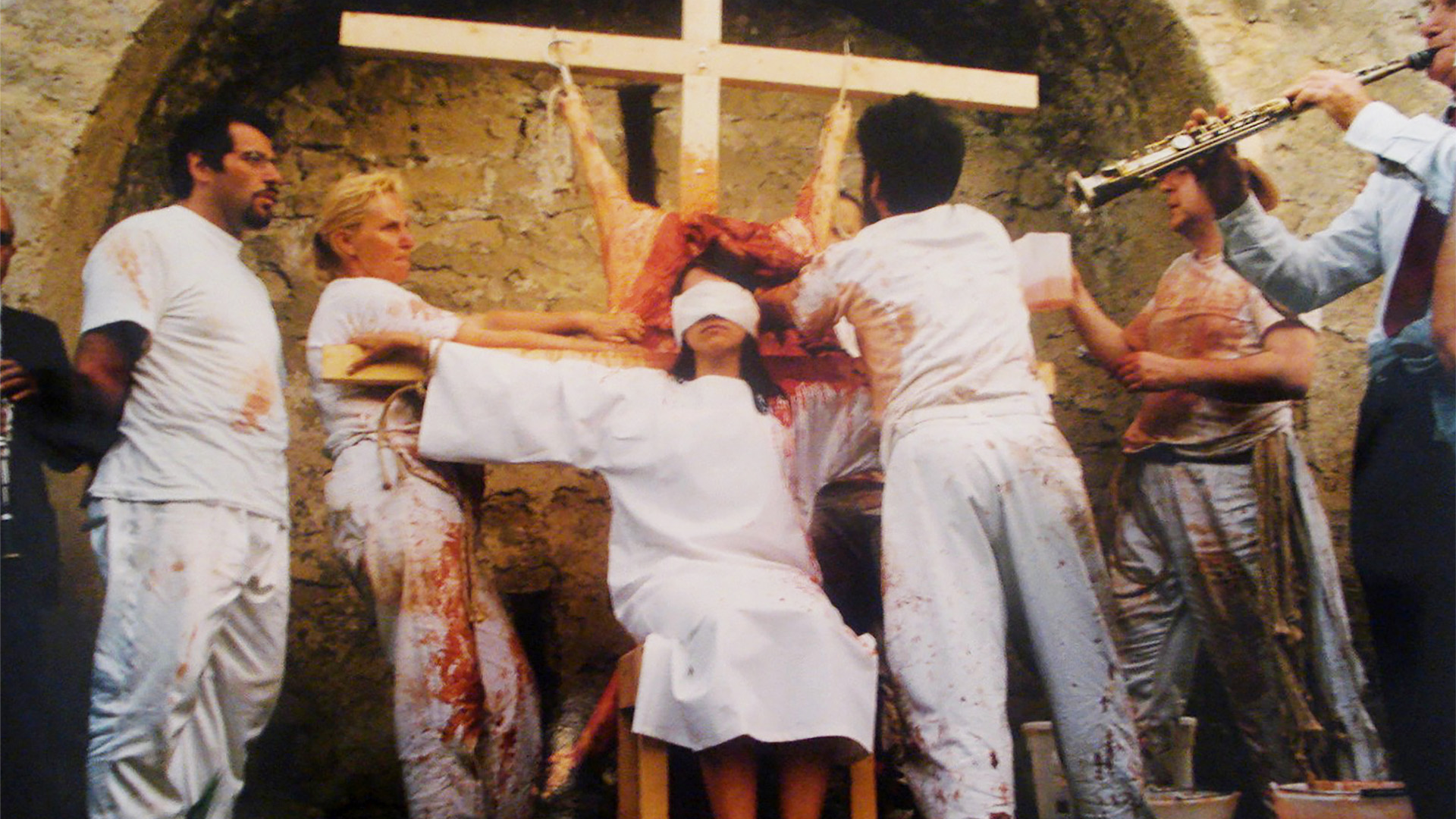
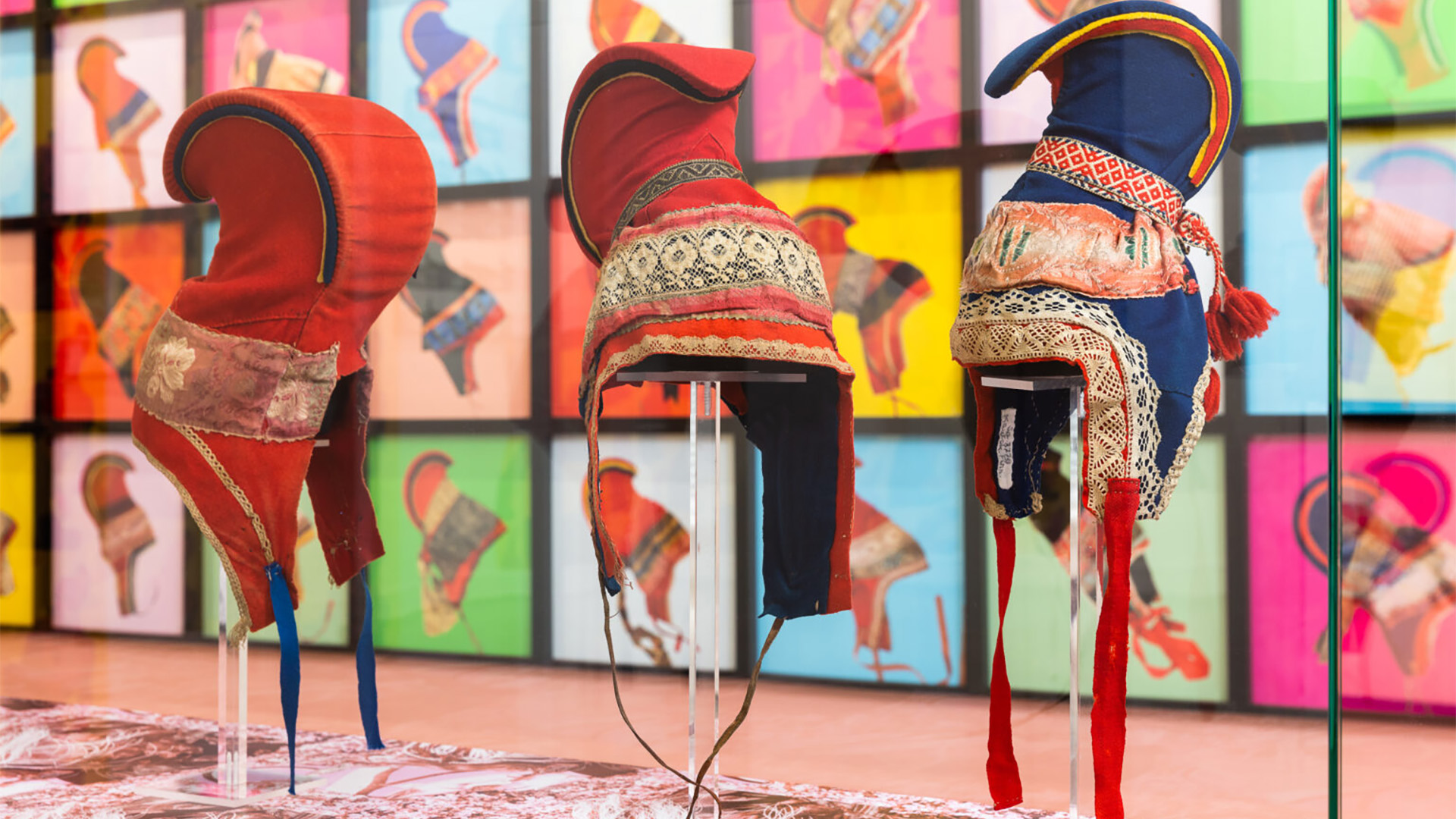
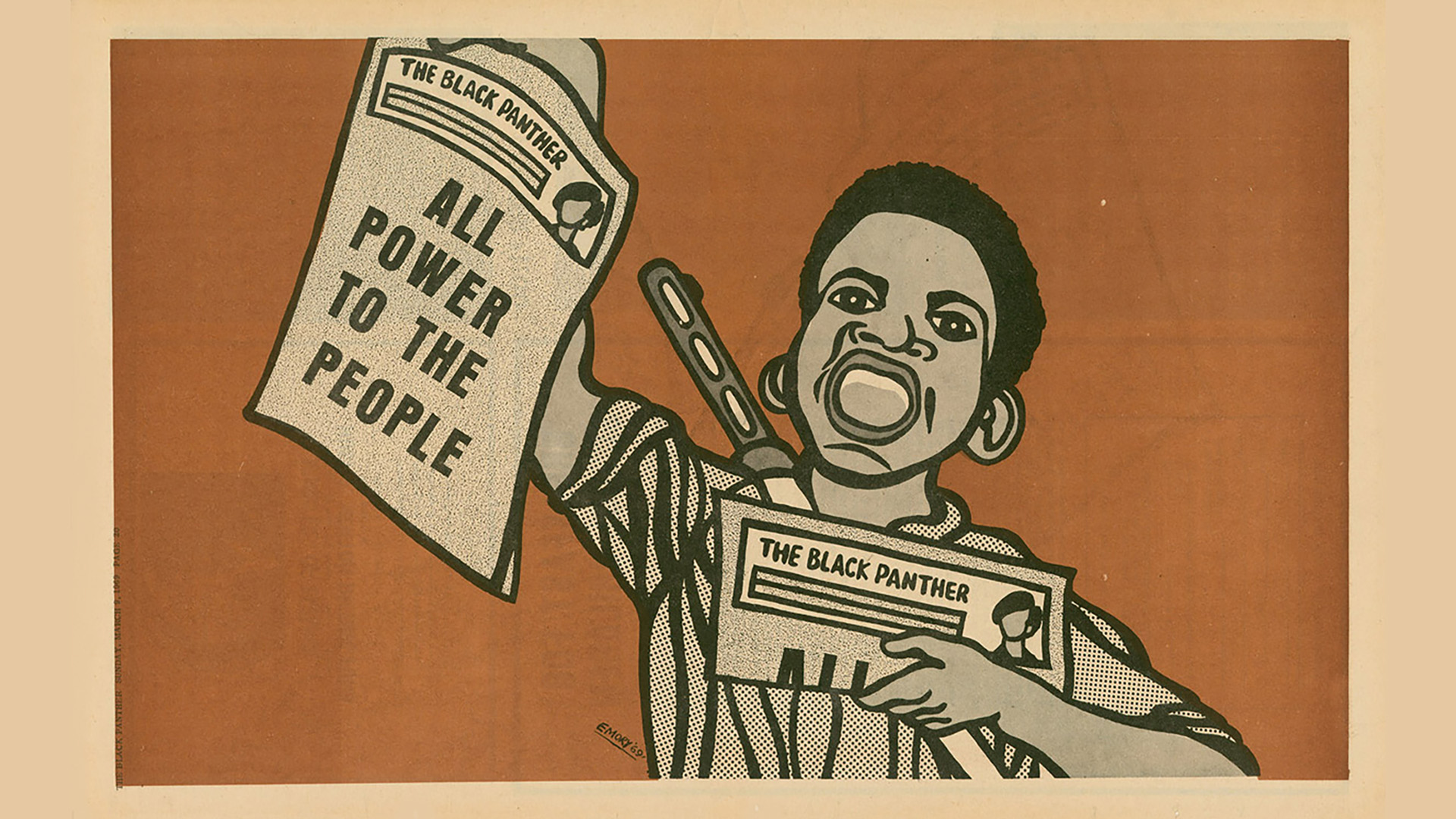


No responses yet